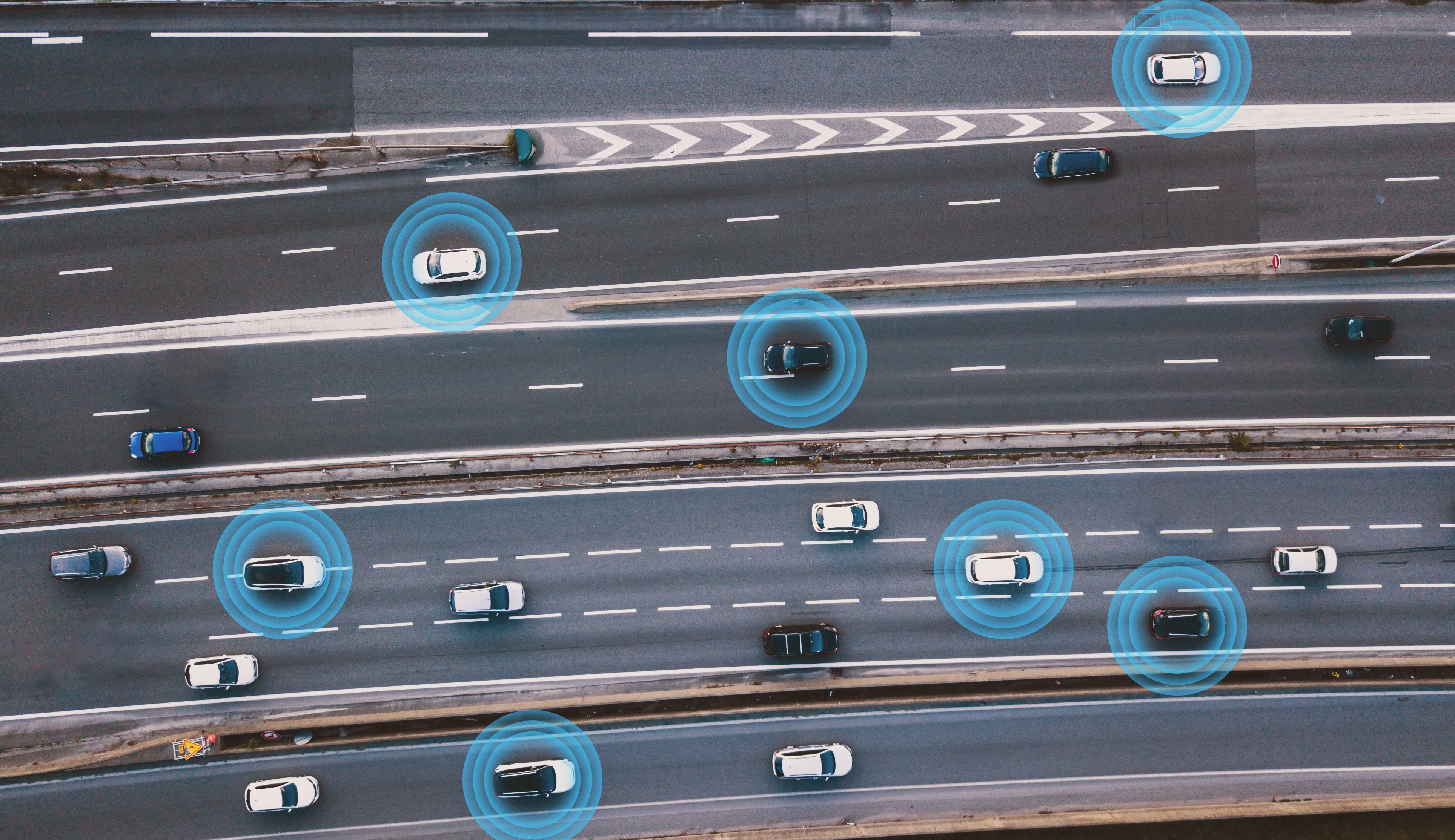 If market value is any indication of popularity, the $54 billion currently being spent on autonomous vehicles (AV)1 around the world is sending a clear message. AV is here to stay.
If market value is any indication of popularity, the $54 billion currently being spent on autonomous vehicles (AV)1 around the world is sending a clear message. AV is here to stay.
Supporting the advancements in the AV industry requires an unbelievable amount of data. As such, industry leaders like TomTom have stepped into the space to provide advanced driver assistance systems (ADAS) and high definition (HD) maps that cover the range of needs created by driving autonomy.
How ADAS Maps Align With AV Driving Levels
The Society of Automotive Engineers (SAE) recognizes six levels of driving autonomy2, all with varying degrees of complexity:
- Level 0: No automation (with possible exception of audible cues such as lane departure and forward crash warnings): The driver is in complete control of all driving tasks
- Level 1: Driver assistance: Speed and steering can be non-simultaneously controlled by automated means, including such driver conveniences as adaptive cruise control that “reads” traffic and automatically adjusts accordingly
- Level 2: Partial automation: Here, the driver and vehicle share responsibility for AV control. Automation steps in to guide lateral and longitudinal control (i.e., adaptive cruise control and lane keeping), while the driver remains responsible for monitoring and responding to the environment
- Level 3: Conditional driving automation: The AV basically relieves the driver of several major tasks including vehicle passing, surroundings monitoring, lane changes, and control of steering, throttle, and braking — although the driver must remain vigilant so as to retake control should the AV call for it
- Level 4: High driving automation: At this level, the AV is largely doing what it’s built to do — steering, braking, accelerating, changing lanes, signaling, and monitoring/reacting to surroundings, but the driver retains the ability to manually override the system
- Level 5: Full driving automation: Absolutely no human interaction — or even attention — is required to drive. The AV simultaneously performs all driving tasks and responds to all environmental situations without manual override
As suggested by the number of details, AV takes over as the levels ascend and the required mapping follows suit. ADAS maps are appropriate for Levels 0-2, and more granular HD maps such as TomTom HD Map align with the more sophisticated Levels 3-5.
TomTom ADAS Map Helps Increase Driver Safety and Confidence
More than 1 million private and commercial vehicles are currently using TomTom ADAS Map to power Level 1 or Level 2 AV automation. By leveraging map data to anticipate the road ahead, TomTom ADAS Map ensures appropriate driver assistance and safety by capturing key information, including:
- Road gradient that details ascending and descending steepness
- Road curvature that reflects curve sharpness and direction
- Traffic signs of more than 20 types and meanings, including sub-plates
- Speed restrictions that indicate top speeds based on the road and vehicle type
- Road curvature at junctions that report curve sharpness and direction at intersections
- Lane at junctions that focuses on lane-level information (e.g., direction and connectivity) at intersections
The proliferation of advanced driver safety systems has been a necessary and important step in AV. Lane departures and other automated safety warnings connected to ADAS maps give drivers confidence in AV, and give automakers better standings in safety ratings, such as the Euro NCAP program. It’s a win-win from a safety perspective, and a demonstration of the power of TomTom maps.
Learn more about TomTom ADAS Map and other solutions TomTom provides to align map data, technologies, and GIS applications. Download TomTom MultiNet: A Handbook for GIS Professionals.  SOURCES
SOURCES
1Policy Advice, 25 Astonishing Self-Driving Car Statistics for 2020, December 7, 2020
2TomTom, What are the Different Autonomous Driving Levels?, December 26, 2019
Subscribe to ADCi's Blog
Related Posts

4 Posted Speed Limit Databases You Need to Know About Now

What You Need to Know Before Licensing Historical Traffic Data
